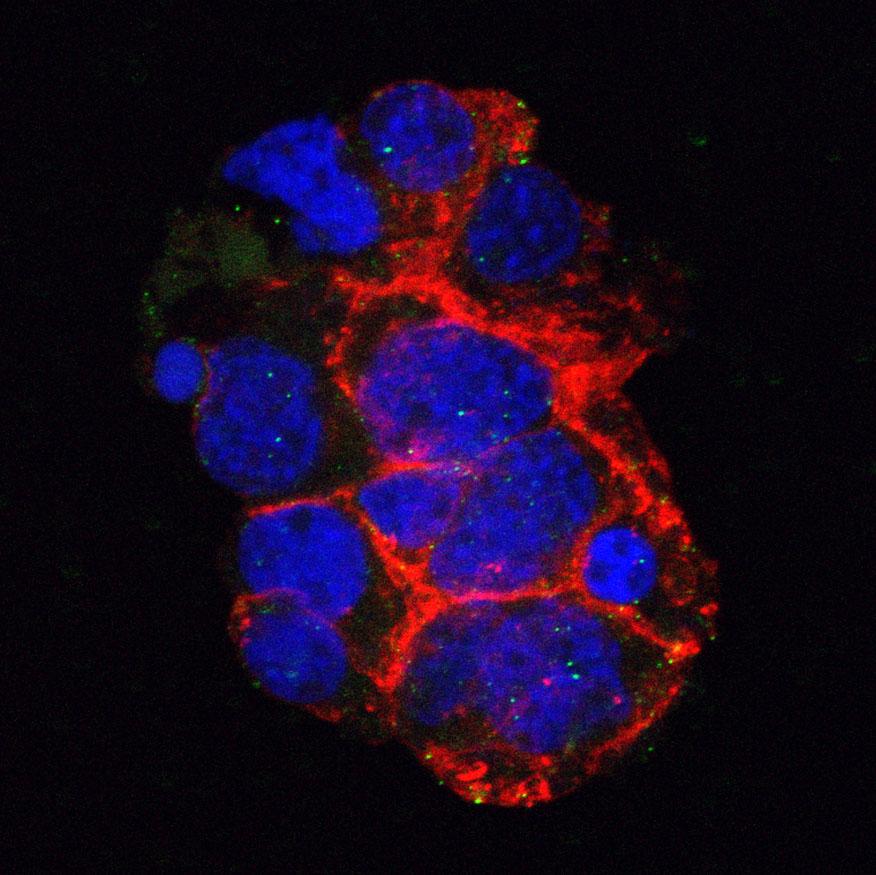Lumpy skin disease: attempted propagation in tick cell lines and presence of viral DNA in field ticks collected from naturally-infected cattle
Lumpy skin disease (LSD) is of substantial economic importance for the cattle industry in Africa and the Near and Middle East. Several insect species are thought to transmit the disease mechanically. Recent transmission studies have demonstrated the first evidence for a role of hard (ixodid) ticks as vectors of lumpy skin disease virus (LSDV). The aim of this study was to attempt in vitro growth of the virus in Rhipicephalus spp. tick cell lines and investigate in vivo the presence of the virus in ticks collected from cattle during LSD outbreaks in Egypt and South Africa. No evidence was obtained for replication of LSDV in tick cell lines although the virus was remarkably stable, remaining viable for 35 days at 28 °C in tick cell cultures, in growth medium used for tick cells and in phosphate buffered saline. Viral DNA was detected in two-thirds of the 56 field ticks, making this the first report of the presence of potentially virulent LSDV in ticks collected from naturally infected animals.
